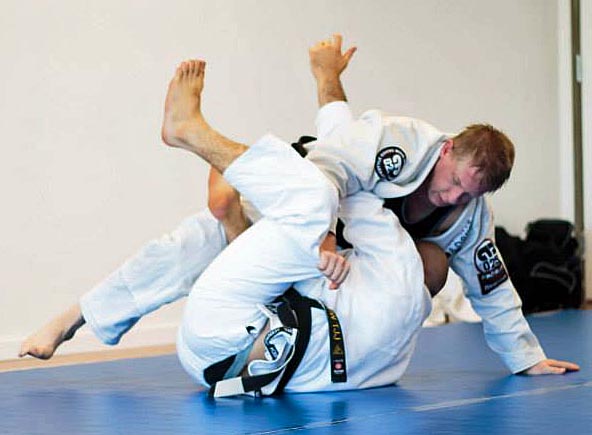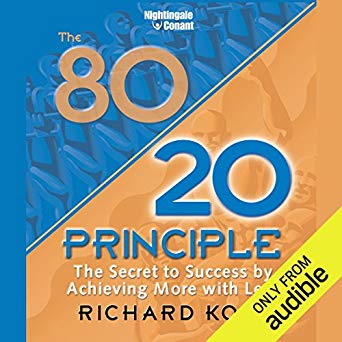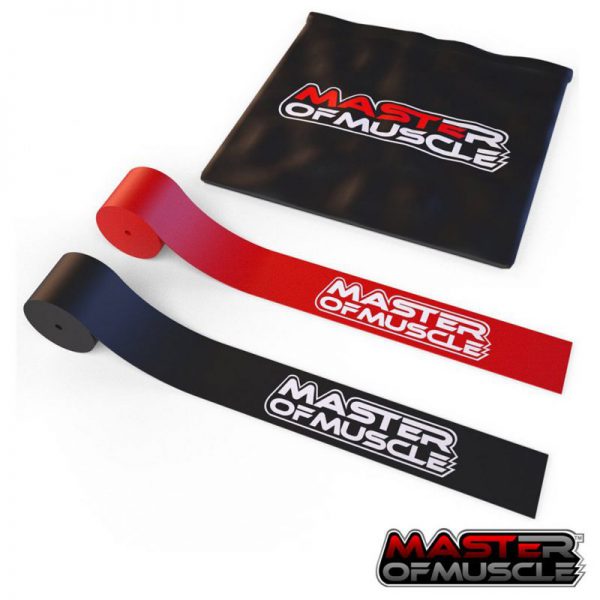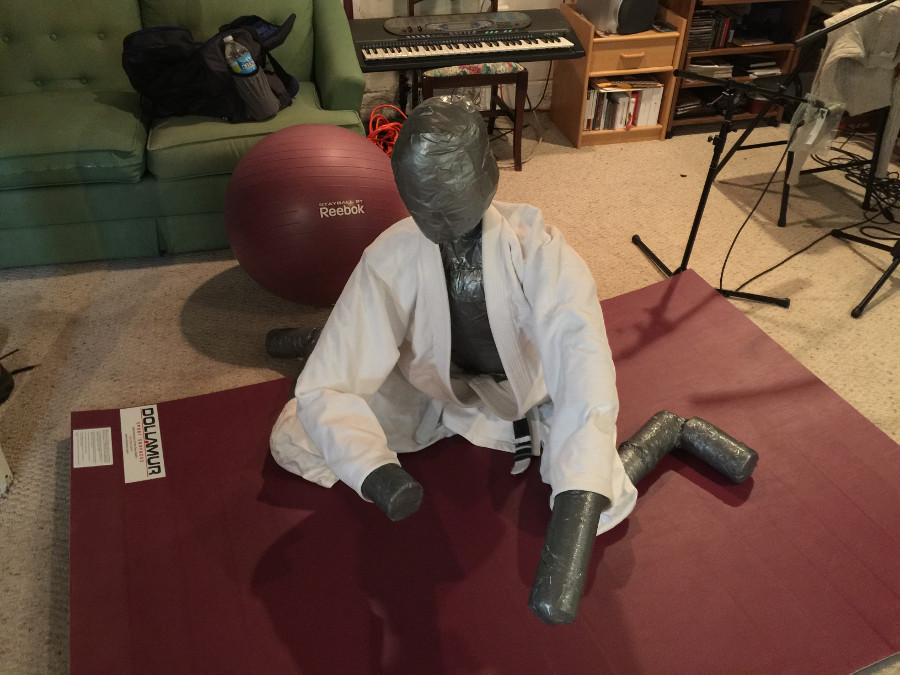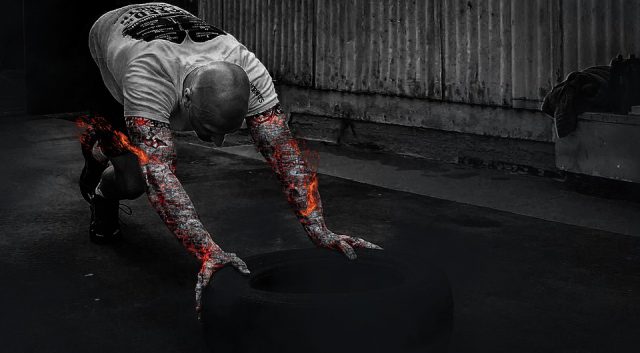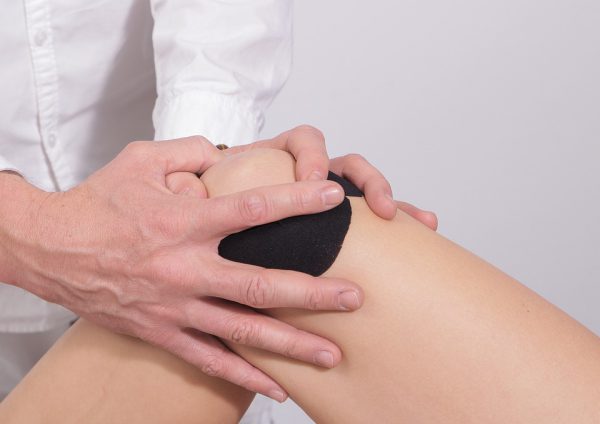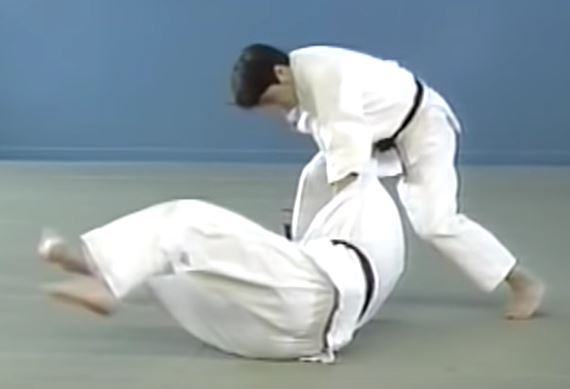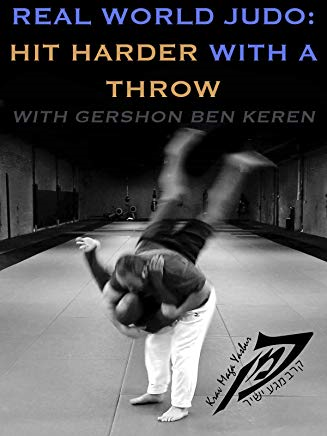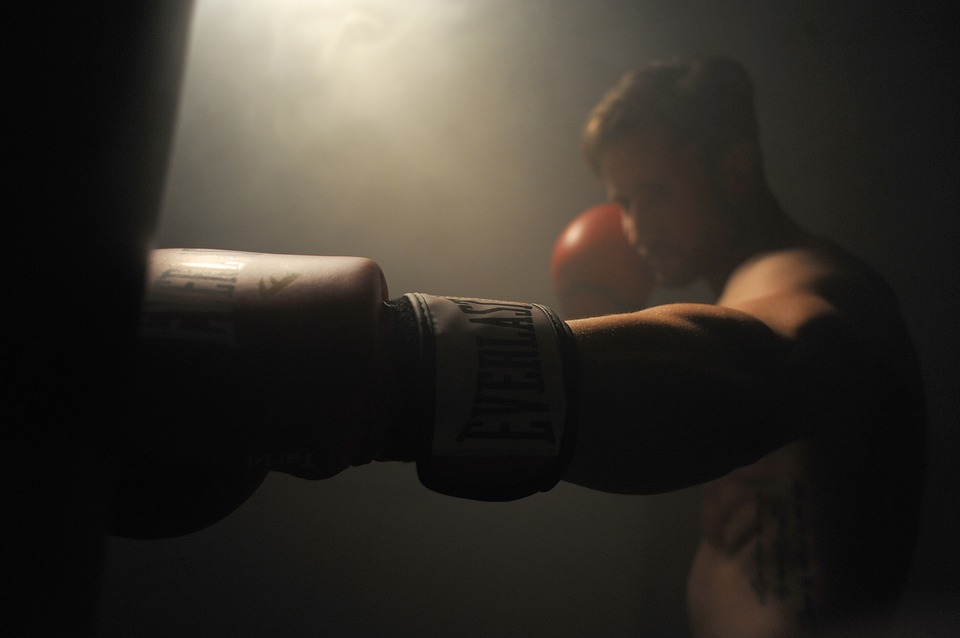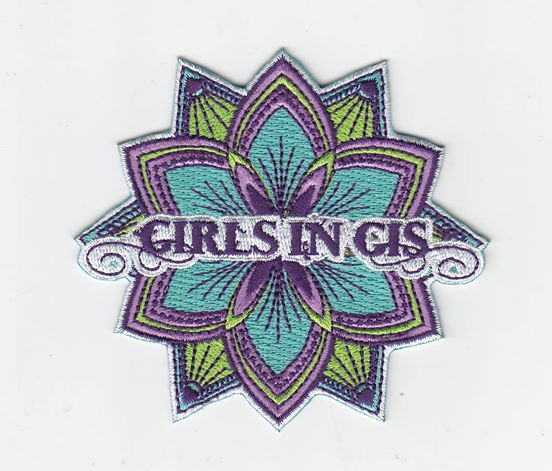In this video Roy Marsh talks about some of the fallacies surrounding who you should roll with and who you shouldn’t. He mentions that many white belts tell him that they don’t like to roll with upper belts because they feel that they would be wasting the upper belt’s time. But as stated in the video, it’s important for all belt levels to roll with all other belt levels, in addition to different weight ranges and genders. This is how you will develop the most well rounded game. As Joe Rogan says, in order to get good at jiu jitsu you “go and find people who are just learning, but they’re not as good as you, and you choke the f&*k out of them”. Funny quote, but it highlights a good point, higher belts get better at offense by working against lower belts, lower belts get better at defense by rolling with upper belts (in addition to the benefits gained from feeling the technique in live action applied by an upper belt).
The Pareto Principle for Jiu Jitsu
Ryan Young from Kama Jiu Jitsu just released a video discussing the Pareto Principle and how it applies to jiu jitsu. I recently wrote about this as well when I reviewed the 80/20 Principle and how I thought it applied to learning jiu jitsu.
In the video below, Professor Ryan goes into some detail regarding how the Pareto Principle can be used to improve your jiu jitsu game. As he states in the video, if you know one hundred moves, maybe ten of those moves would account for 50% of your success on the mat.
To take this further, the 80/20 principle finds that it’s actually 80% of your effort that will lead to 20% of your success.
So what does this mean? Essentially that you should identify the moves that lead to your greatest successes, and concentrate your training on those moves. Not the exclusion of others of course. You’ll still want to learn new stuff, refine moves that maybe aren’t coming as naturally, etc. But the core of your training should be focused on improving those moves which are already winners for you. At least according to the Pareto Principle.
Professor Ryan gives one caveat in this video: if your best moves are complex moves such De La Riva, at the expense of fundamentals, then you should really focus on sharpening up your fundamentals. You may be a wizard at flying armbars, but those kinds of moves will never be as high-percentage in success as a good old-fashioned Mata Leão.
Big List of Jiu Jitsu Instructional Videos
The title says it all, just a big list of jiu jitsu instructional videos that I’ve been learning from with a buddy at my academy, put here for quick reference. Will update regularly.
Continue reading “Big List of Jiu Jitsu Instructional Videos”
Voodoo Floss for Recovery
I’ve had some nagging issues with my bicep and forearm on my left arm, and recently messed up my knee from getting caught in a heel hook. None of these issues are healing as fast as I’d like. I went to see the doctor and his best advice was to rest and let it heal. I probably need to see a good sports doctor, someone who can give me some exercises to speed up the recovery, but for now I’ll rely on Doctor Google.
I have been trying some of the stuff I’ve seen online for recovering from tendon/muscle strain. These include stretches, and using foam rollers to really get into the tissue. I’ve had some success with that, but still the pain is lingering. It’s been months for the bicep/forearm issue, and about 5 weeks for the knee.
I was talking with a friend at the place I train jiu jitsu about this. He was previously a power lifter, and had some lingering issues in the past as well. He recommended trying Voodoo Floss. I’d never heard of Voodoo Floss before, so I thought I’d give it a try.
Voodoo Floss works by compression. You wrap it relatively tightly around any affected area, and do range of motion exercises for that area, for a period of around 2 minutes (you don’t want to overdue it, due to the vascular occlusion that occurs). When you are done with the exercises and you release the band the theory is that all the blood rushes back to the area, bringing more nutrients to the injury than before. There may be some additional benefits due to “fascial tearing”, which I guess is the layers of tissue sliding on each other while compressed. From everything I’ve read online their seems to not really be any good scientific research of what’s actually going on. The results are mostly based on anecdotal evidence, but I’m willing to give it a shot to see if it helps.
After one session of doing range of motion exercises with the Voodoo Floss there was an improvement in my bicep, it felt “released” and no pain at all after that. Success! I did the same with my forearm and knee, and did not get immediate results, but will continue to do work with those areas and see what works.
Here are a couple of videos I watched to get an idea of how to use the Voodoo Floss:
How to Build a Grappling Dummy
This is my take on making a homemade grappling dummy. My goal was to create something durable, flexible, and strong, and to try to do it as cheaply as possible. I tried to do this under 50 dollars, but I ended up spending about 80 dollars. This design took a lot of duct tape, which was about half the cost. If you can get *good* duct tape cheaper than I did (about 10 dollars a roll), then you might be able to get the cost down. Regardless, I still saved a ton over buying one outright.
I started the design based on this link on various tutorials I’ve seen online. I combined a couple of ideas and built what I have listed below. I wanted to put together a detailed tutorial on how to build one, because I didn’t see a really well spelled out tutorial online already.
I’ve had some time to practice with this dummy. So far it seems pretty sturdy. I will update this page if there end up being any issues with it. Since this design uses the service cable, the flexibility allows you to position this dummy in a variety of ways, and the strength of the service cable allows the dummy to hold it’s position on it’s own. It can sit in upright in your guard, or wrap you in guard, etc.
WHAT YOU’LL NEED
- 9 Feet of Service Entrance Cable, Aluminum, 4/0-4/0-2/0 200 Amp “AA8176 style U-type AWG 2” – Can be found at Lowes for about $1.89 a foot as of the time of this article. It comes bundled with 3 cables, the bundle of 3 at 9 feet will cost around 18 dollars total.
I deteremined the measurement of 9 feet for my frame by making the following calculations:- Measure the length of your foot x2 (if you have a 10 inch foot, then double that and make it 20)
- Measure the length of your leg x2 (same for the leg, if you have 36 inch leg, then double it and make it 72)
- Measure the width of your waist (if it’s 15 inches across don’t double this length, just keep it 15)
- Add all the above measurements together 20 + 72 + 17 = 109 inches = approximately 9feet
As you’ll see later in the instructions, the piece of cable that makes up the feet/legs/waist would be the longest length you would need.
- 3 to 4 rolls of Duct Tape. I used a little over 3 rolls, you might be able to do it with a little less. (30 – 40 dollars)
- 2 Tennis Balls – 2 dollars at Target.
- 2 – 2″ x 15″ x 17″ sheets of High Density Foam. Can be found at Jo-Ann Fabrics for around 10 dollars a sheet.
- Some filler material – I used 2 bed sheets and an old thick sweatshirt, all bought from good will for about 5 dollars total.
- 3 Pool noodles – Target, about 4 dollars a piece
- 1 pair of socks.
- A mop, the kind with a hollow steel handle, and the stringy mop head that attaches directly to the handle, not to an piece of plastic between the handle and the head. The “Quickie – Clean Results Wet Mop” is what I used. About 7 dollars at Lowes.
- A knife
- A hacksaw
Autophagy for Jiu Jitsu Recovery
I’m always trying to dial in my diet in order to help my jiu jitsu training. It seems that I’m constantly trying to overcome the length of time it takes to recover after training, and more specifically the length of time it takes to recover after injury.
My latest injuries include a fractured foot, possible “golfer’s elbow” (probably from holding onto lapels too tightly when playing closed guard), and a slightly torn tendon in my knee. None of these injuries are healing that well, which has caused me to scale back my training the past couple of weeks.
It lead me to think about what could cause things to take so long to heal. Granted, I’m a little older so generally my body recovers more slowly than it did in my 20’s. But I wonder if there is anything I can do with diet to speed up recovery?
This lead me to look into intermittent fasting, and what affect autophagy has on the healing process.
Caught in a Heel Hook
So it finally happened, I got caught in a heel hook and didn’t tap in time. I was attending our leg lock class, and we were playing king of the hill. My partner and I sat facing each other with our knees up and feet on the ground. We each had one foot in between the others legs, with the goal being to control your opponents legs and get both of your feet to the inside of your partners legs. Once you are able to get both legs to the inside, you then start working leg lock attacks from there. We started the battle, and I lost the initial phase. My partner controlled my legs and got the inside position. He quickly moved in to trap my legs. He was then able take advantage by grabbing my heel, which dangled dangerously near his arms as we were in a 50/50 position, with his legs safely hidden away. I tried to roll out of the position, and while doing so he secured the heel hook. It didn’t register to me that he had grabbed my heel as I was trying to escape 50/50, and the next thing I knew I felt a nauseating “pop” in my left knee. It hurt a lot, so much so that I yelled out a loud “ahhh”. My partner immediately stopped and asked if I was OK. Oddly, after the initial pop, the pain quickly went away, so we kept rolling. After king of the hill I finished class up with two rounds of sparring, then went home.
As I was driving home my knee started feeling a little sore. I got to my house, showered and went out to lunch with my family. At lunch the knee started aching a little more. This progression of pain went on throughout the day. By the evening my knee was aching pretty badly.
Kodokan Throwing Techniques (Nagewaza)
What’s more exciting than watching a Judo master throw his opponent? We all know how devastating a good judo throw can be, one could even argue that when properly executed a judo throw can be a fight ender.
As jiu jitsu practitioners we’re often accused of not having a good stand-up game. Across the internet you often read people lamenting “how can you win a fight if you can’t even get your opponent to the ground?”.
I disagree with this. I believe that as long as you start most of your rolls from a standing position, you’ll be in good shape in terms of perfecting your take down skills.
Throw in some judo throws combined with some wrestling and you can become exceptionally effective at taking down an opponent.
Check out this video demonstrating 67 throwing techniques with variations:
Also check out the video “Real World Judo: Hit Harder with a Throw” (included with an Amazon Prime subscription if you have that):
4 Fighting Styles Every Fighter Should Know
“Civilized men are more discourteous than savages because they know they can be impolite without having their skulls split, as a general thing.” – Robert E. Howard
“How much can you know about yourself if you’ve never been in a fight?” – Tyler Durden, Fight Club
Most of us will never be put in a situation to have to defend ourselves in our adult life. Fights are typically relegated to the school yard, or the college bar, but at a certain point life changes and the appeal of throwing fists in polite society loses it’s luster.
Still, this doesn’t relieve us of the responsibility of knowing how to defend ourselves, our loved ones, and those who can’t defend themselves. The chances of needing to get into a physical altercation are generally pretty slim, but it’s better to be a “warrior in a garden than a gardener in a war”.
Learning how to fight is a great way to boost confidence. Knowing you can throw a punch, and take a punch if necessary, can take the anxiety out of any adversarial exchange. There’s evidence that people who know how to fight tend to avoid confrontation just on the basis that they know they don’t need to prove themselves.
There’s also evidence that the more confidence you exude, the less likely you are to be a target of violent crime. Most criminals commit crimes of opportunity. They want the most return on their efforts with the least amount of resistance and risk . How you carry yourself could very well make the difference when a criminal is looking for their next mark.
With the plethora of fighting styles available to learn, which ones should you choose to dive into? There are traditional martial arts such as Karate and Kung Fu, grappling styles, striking styles, and subdivisions in each.
Here are the four fighting styles I think are the most important and effective. Each of these fighting styles has proven themselves to be invaluable in mixed martial arts events. Their effectiveness has been battle tested by their practitioners through countless hours of sparring and refinement.
Continue reading “4 Fighting Styles Every Fighter Should Know”
Why Women Should Train Jiu Jitsu
At our Jiu Jitsu academy we have a women’s program that was started a couple of years ago. It was created as a way to help women overcome the discomfort of training in a co-ed environment. One of the instructor’s at our academy is a female, and she thought it would be worth experimenting with a women’s-only program to see if there would be any interest in getting more women to train jiu jitsu. And there certainly was. That part of the school is now thriving. You can read about it here: Girls-in-Gis: The Power of Healing.
I’ve heard from a few women that have trained jiu jitsu that there is an initial discomfort to get over in training with guys. There’s the obvious gender difference that is a barrier for some women to get past, but there’s also the size difference. It’s physically demanding to train when you’re first starting jiu jitsu, and if you’re a woman starting out who has to train with guys much larger than them then I could see how it could be difficult to do the moves, at least in the beginning. Jiu jitsu was designed so that a smaller, weaker person can overcome someone larger and stronger, but when you’re first learning the techniques you don’t know how to apply the proper leverage yet, so you’re not going to be defeating size and strength from day one.
There are many reasons why women may feel uncomfortable training jiu jitsu with guys, I’m not a woman so I won’t claim to know truly what it feels like but a quick web search shows many articles that address this topic. The organization “Girls in Gis” was created to help women train together in a friendly environment. They host events all around the United States through their ambassador program and we are very fortunate to have a Girls in Gis event at our school. Girls in Gis also has a scholarship program to help offset the costs associated with learning jiu jitsu. If you check out the testimonials on their site you’ll see that Girls in Gis have had a positive influence on many women’s jiu jitsu journey.

